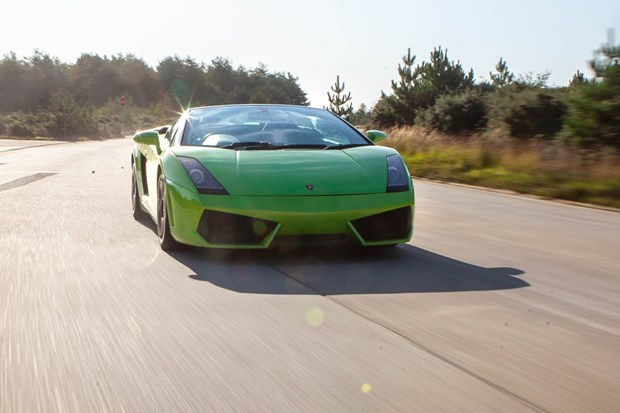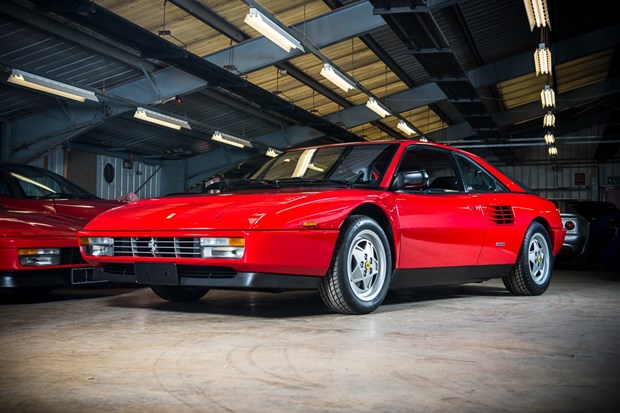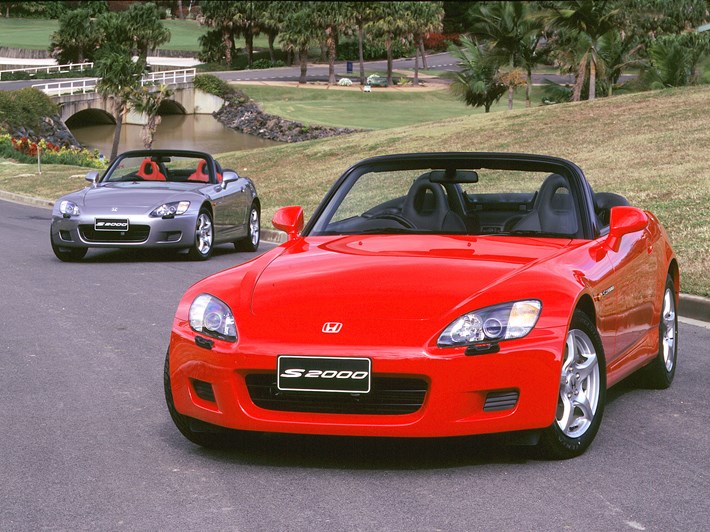
Overview
The ‘90s were a great era for roadsters, Mazda was taking care of the entry-level segment while BMW and Porsche vied for more affluent customers with their newly introduced Z3 and Boxster. Honda may have been late to the party but the S2000 introduced in 1999 was arguably the most exciting of the lot.
Rear-wheel-drive, perfect weight distribution and arguably one of the best four-cylinder engines of all time made the little sports car an instant hit. 177kW (184kW in Japan) from 2.0-litres may not sound like a lot until you realise that Honda achieved this figure without resorting to any form of forced induction. With a 9,000-rpm redline and two stage VTEC valve gear the S2000 had the highest specific power output of any naturally aspirated engine on sale at launch.
As long as the revs were kept above 6,000-rpm to take advantage of the variable timing valve gear, it provided rapid acceleration. Initial impressions highlighted twitchy on-the-limit handling but numerous suspension tweaks over the years yielded one of the best all-round driver’s cars ever sold.
Externally there is little to differentiate a 1999 car from a 2009 one, bumpers and wheels where revised in 2004 and an optional hard top, standard on the GT, was introduced midway through production. Not all updates were offered in SA, but we did get the all-important suspension updates.
The majority of changes carried out to the suspension and dampers were due to initial complaints of twitchy handling at the limit. Honda kept tweaking the underpinnings to improve the car’s dynamics throughout the production run and the biggest changes took place in 2004, cars built from this year on were easier to handle when pushed.
A stability system become an option in 2006 and was standardised from the 2008 model year on. The most impressive aspect of an S2000 is its 9,000-rpm 2.0-litre engine. The US and Japanese markets received a 2.2 litre engine with the 2005 model year update which traded the hard-edged top end of the 2.0-litre engines for a torquier low rev response.
The GT versions launched in 2002 came standard with a hardtop so make sure this is included with the car. A run out Edition 100 example was introduced in 2009 and these cars were only available in white with graphite alloy rims and red leather interiors. As the name suggests only 100 were built which makes these the rarest versions, finding either of these in SA will be difficult, though.
Limited edition Club Racer models and S type cars were made available in the US and Japan respectively. These featured numerous changes to suspensions and featured unique body kits.
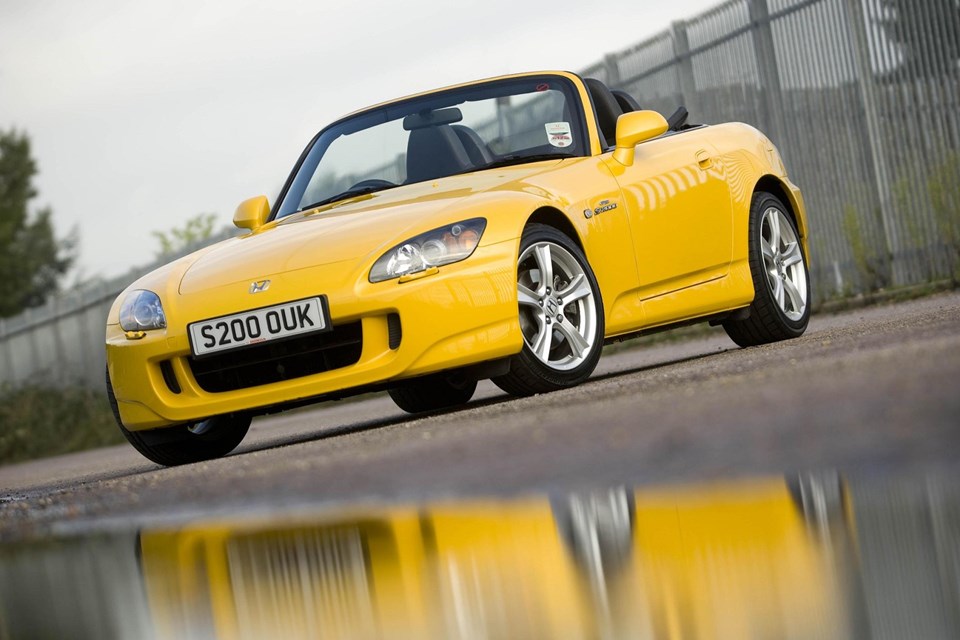
What To Buy
Prices vary greatly based on mileage and condition, the pre-2004 cars also tend to be a bit cheaper than the later cars. Do not be put off by high mileages but walk away if the service history is patchy or the car has been extensively modified.
There is no doubt that the S2000 is already becoming a future classic, it combines the core aspects of a pure driver’s car with a characterful engine all without compromising reliability. The current crop of turbocharged sports cars offer a very different driving experience and the high revving, naturally aspirated S2000 will become an increasingly rare pleasure which is sure to increase its desirability.
Checklist
Despite the 9,000-rpm rev range, the 2.0-litre engines are durable, they do tend to use a lot of oil and may require a top up every 2,000km or so. Low oil levels and irregular oil changes are the biggest cause of engine problems.
The timing chain tensioner can fail and a rattle on start-up is an early warning sign. If it does break it can cause some serious damage to the engine so have this checked out.
VTEC systems are known for their reliability however infrequent oil changes can result in sticky hydraulic pins. Bearing shells can also wear out prematurely.
The gearboxes are strong with the post-2004 cars getting upgraded carbon fibre components helping extend the synchromesh ring lifespan. Clutches on unmodified cars last long thanks to the low torque output but be wary of highly modified cars.
Suspension bushes tend to require replacing after 120,000km, with the lower control arms being the weakest component. Earlier cars developed a reputation for nervous handling characteristics, but modern tyres and some suspension mods largely resolve this issue. Kits are available for early AP1 cars that reduce their tendency to oversteer.
Brakes calipers can seize, pulling to one side when braking or squealing when applied.
Accident damage is not uncommon, and rust can also manifest itself around the wheel wells and front subframe in particular. Check the fit and finish of any modified panels as these can also be hiding rust spots.
The interior is relatively basic and is well-built. Aftermarket radios are common. The roof can leak around the screen pillars so check for damp carpets. Worn roof catches can also rattle but aren’t expensive to get right. Later cars came with glass rear windows which are preferable.
The seating position is a bit high and tall drivers may struggle to get comfortable, look for a post-2004 model if you fit into that category as these cars had height adjustable steering columns.
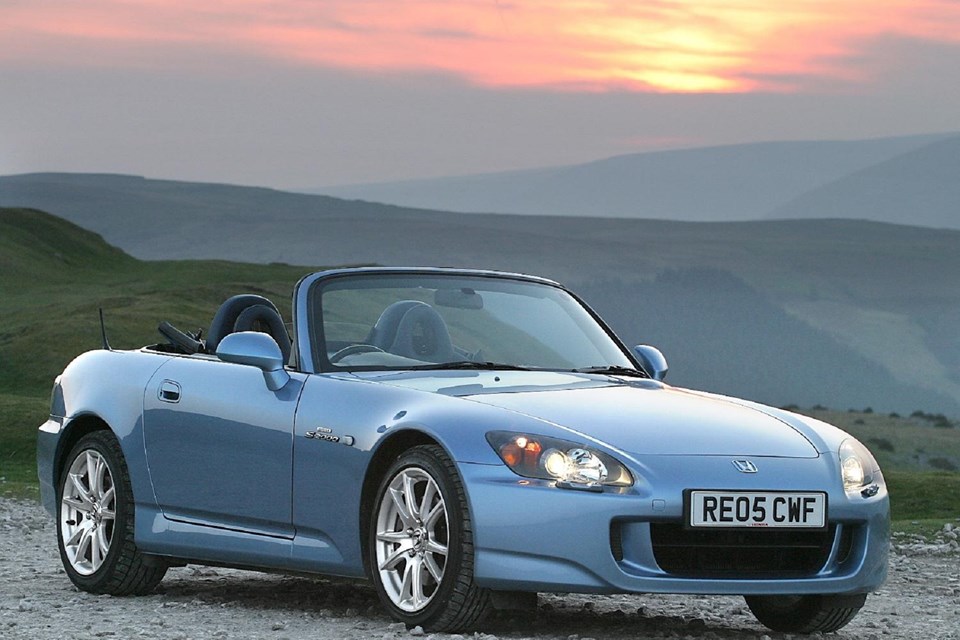
Production History
1999: Honda S2000 (AP1) is launched with 177kW 2.0-litre engine
2002: GT version with removable hardtop launched
Plastic rear window is replaced with glass item
Suspension upgrades carried out to improve handling
2004: AP1 facelift version introduced
Major changes carried out to running gear
Additional suspension changes including structural bracing to improve handling
Standard wheel size increased from 16 to 17 inches
Steering ratio reduced by 7%.
US markets receive 2.2-litre engine (same power, more torque and lower redline) and AP2 label
2006: Stability system becomes optional extra
Seats upgraded with speakers integrated into headrests
Japanese market receives 2.2-litre engine
2008: Stability system standard fitment
Suspension received further revisions
Club Racer model introduced for US market – numerous changes made to improve on track performance. 699 units built in total
Type-S version introduced in Japan featuring lighter body and high down force body kit. – 1,755 units built
2009: Edition 100 versions launched in UK, limited to 100 units
Ultimate Edition released for European market
Final S2000 manufactured with just over 110 000 units built over 10 years
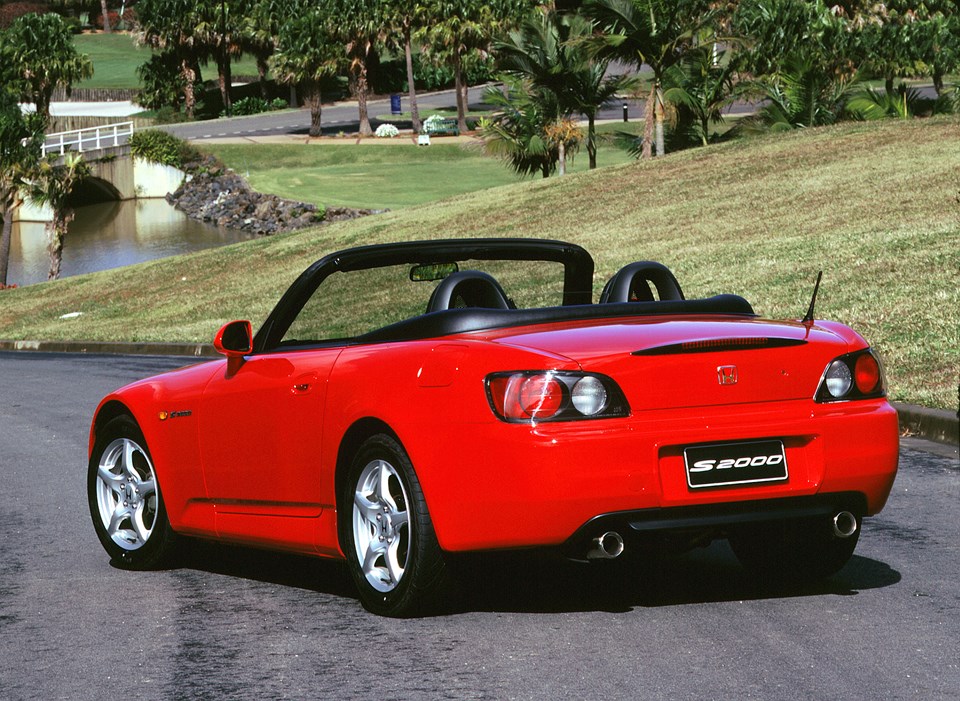
Specifications
Engine: 2.0-litre dohc inline-four
Power: 177kW
Top Speed: 240kph
0-100kph: 6.2sec


